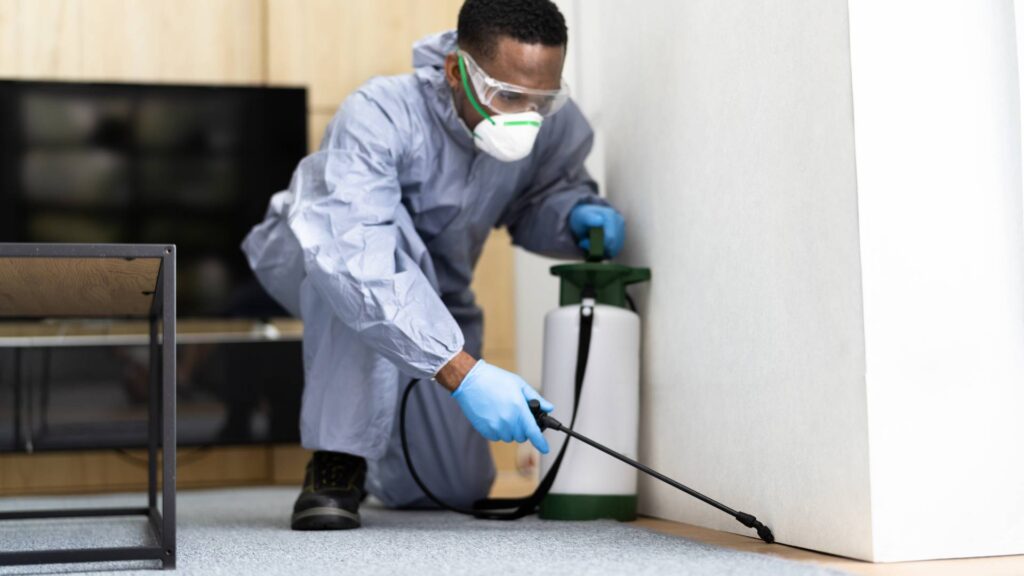Table Of Content
ToggleDiscovered termites around your home after treatment? You’re not alone. While termite control is effective, these persistent pests can sometimes return.
As a pest control expert with 30 years of experience battling termite infestations, I understand the frustration of discovering termites after treatment.
This guide will equip you with the knowledge and actionable steps to prevent them from taking hold again.
Understanding the termite life cycle is key to preventing their resurgence. Termites live in complex social colonies with a queen, workers, and soldiers. After treatment, some termites might be shielded from the insecticide or even be outside the treated area when the treatment took place. Additionally, depending on the type of termite and the treatment method used, complete elimination of the entire colony might not always be achieved in the first round.
Furthermore, different termite species have varying behaviors. Subterranean termites, for instance, live underground and can travel long distances to find new food sources, like your home. This increases their chances of re-entering the property even after treatment.
There are two main types of termites you might encounter:
Identifying the type of termite is crucial. To explore the best way to kill termites in your house and prevent their return, it’s important to understand the nuances of different treatment methods Ground termite infestations often require different methods compared to drywood termites. A pest control specialist can accurately identify the termite species and recommend the most appropriate course of action.
Even after treatment, keep an eye out for these telltale signs of a persistent termite problem:
Schedule a termite assessment with our experts today.

Following the initial treatment, a reliable pest control company will offer additional services to ensure long-term protection:
There are various termite control methods available, each with its strengths:
Here’s what to look for when selecting a pest control company:
Discovering the most effective treatment of termites at home requires professional insight, especially after noticing signs of termite activity post-treatment
Get reliable termite control now.

Beyond professional pest control, your vigilance plays a key role:
Reach out for experienced termite management.

In my experience as a pest control expert, seeing termites after treatment does not immediately signal failure. It is an aspect of the termite eradication process that needs to be monitored and managed.
Ensuring a termite-free home requires a combination of thorough treatment, regular checks , and preventive measures.
Homeowners should partner with a reputable pest control service to develop a long-term strategy that addresses the unique challenges of their property to keep it protected against pests reinfestation.
Yes, it is normal to see live termites after treatment. This can occur as the insects that were not directly exposed to the treatment chemicals or baits make their way through treated areas, eventually dying off or being affected by the treatment over time.
It can take several days to a few weeks to stop seeing termites after treatment. The exact time depends on the treatment method used and the extent of the infestation, as some termites may take longer to come into contact with treated areas and die.
Talk to us for termite prevention strategies.
The likelihood of termites returning after treatment depends on the effectiveness of the initial treatment and ongoing prevention measures. Properly executed treatments with regular inspections and maintenance can significantly reduce the chances of wood pests returning, but no treatment can guarantee 100% prevention of future infestations.
Your trusted pest control experts in Southern California. Keeping your neighborhood pest-free!